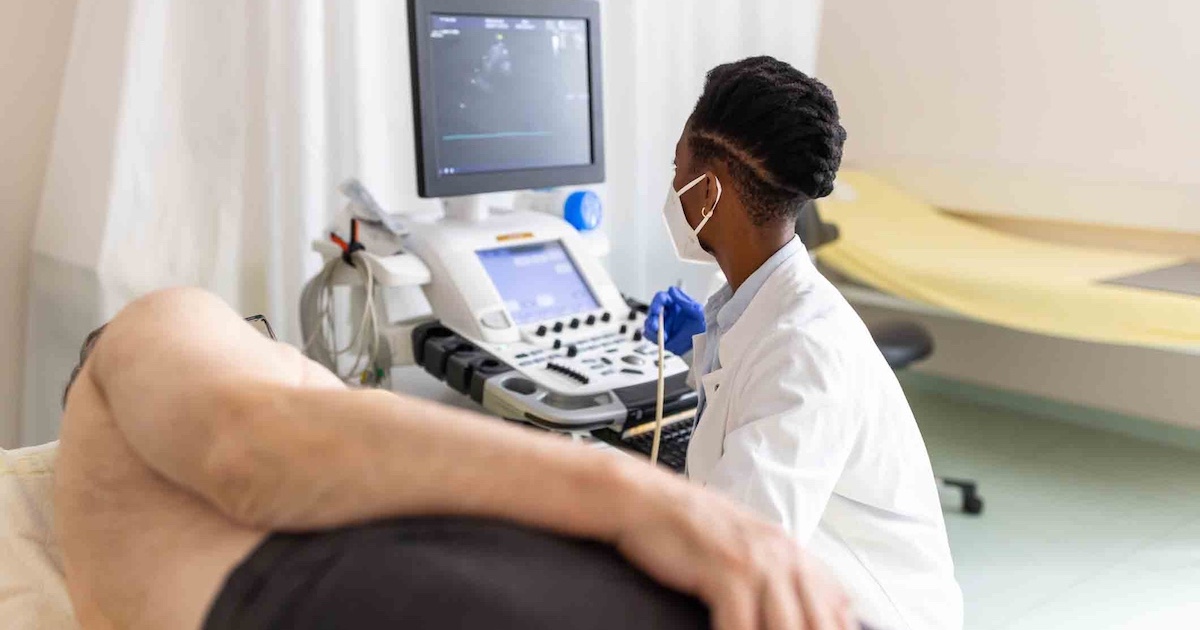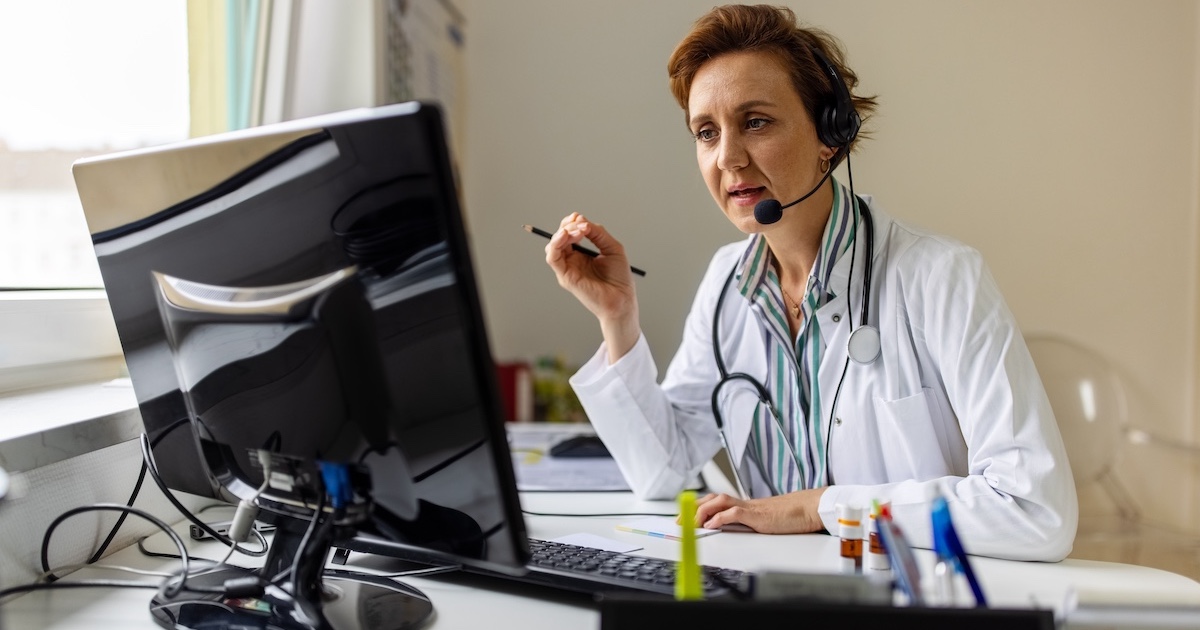The House Energy and Commerce Committee concluded three hearings this week on mobile health, looking for “the sweet spot and that fine line” between patient safety and the regulatory hand of government, as described by Communications and Technology Subcommittee Chairman Greg Walden (R-Ore.).
How light should that hand be? And how much money would the government stand to gain from imposing a tax, under Obamacare, on health apps that the FDA deems are functioning as medical devices?
The hearings tilted precariously close to the over-played and exhausting partisan battleground of which America has grown sick, with GOP committee members bearing down on witnesses to extract what they felt was proof that government is going where it shouldn’t be.
Yet the questions posed by the mobile health market are far greater than battles over federal funding and government expansion. The balance between patient safety and innovation is a tricky and potentially dangerous one. The truth is, apps are being created – by brilliant and, often, very small start-up companies – at a pace with which the Food and Drug Administration is having a hard time keeping up; indeed, at a pace with which the world itself is having a hard time keeping up.
Mobile innovation continues to expand exponentially, with the potential to help people live longer and healthier lives. Mobile phones know no bounds – the impoverished and the wealthy alike have access. It's a promising market that brings healthcare to literally billions of people, overcoming barriers of location and limited resources.
Five hundred million people will be using health apps by 2015, according to Joe Pitts (R-Penn.), chairman of the House Energy and Commerce Health Subcommittee. He made it clear that Congress, particularly his committee, is here to make sure that FDA regulation – and federal taxes – don’t cripple that innovation.
Michael Burgess, a doctor and vice chairman of the House Energy and Commerce Health Subcommittee, said mobile health will provide future doctors with tools “unparalleled to improve life” and prevent suffering.
“We are on a cusp of a medical revolution,” he said.
He also warned that if the federal government even thinks about regulating something, it almost always ends up being over-regulation.
Right now, the FDA is taking a light touch on mobile apps. It has left two of three categories virtually unregulated. Health and wellness apps are not regulated, nor are apps that exist in between personal wellness and medical devices. Only those apps that claim to provide diagnostic information to healthcare providers are expected to be subjected to FDA review, which the FDA has said will be streamlined to be much faster than the process for pharmaceuticals. Companies with products that fall into the gray area sometimes opt for the FDA approval, just to be on the safe side, and have reported a two- to three-month review process. It costs a small company $2,500 to get FDA approval for a medical device.
According to FDA witness Christy Foreman, director of the Office of Device Evaluation in the FDA's Center for Devices and Radiological Health, the FDA will not regulate mobile devices in the future that it currently doesn’t regulate, unless “strong safety signals” would indicate it.
That gray area between obvious personal wellness apps and diagnostic tools is large and murky. There are phone apps today that claim to do a urinalysis, check for parasites and determine if moles are cancerous. These are currently not regulated, but could be potentially harmful to a patient if the results are incorrect.
The FDA issued a draft guidance for mobile devices in July 2011, and venture capitalists and app developers have been eyeing the market sideways, worried about risk. Without clarity, it’s anyone’s guess.
During the hearings, members of Congress and witnesses argued that the FDA is struggling to issue the final guidance – estimated now to be delivered this October – because that guidance would need to be changed on a daily basis as the apps continue to surface to the market.
No one knows what will pose danger in some of these apps. Time will tell. The FDA, like any government agency, is cumbersome, not facile. Just like lawmaking is tedious and lumbering. But our world is fast. Technology needs a lot of things – fast – when it comes to policy. Right now, we're watching the frustrating collision of past and future. A government’s job to keep people safe is up against the market’s lightning-fast desire to grow. And we all want growth.
It’s a question with no real answer – yet. Government is going to need a remake, a reboot. Where’s that fine line? It’s probably somewhere to be found in the passage of time and patience. But let’s hope it’s not in the injury to human life, serving as guinea pigs, along the way.


